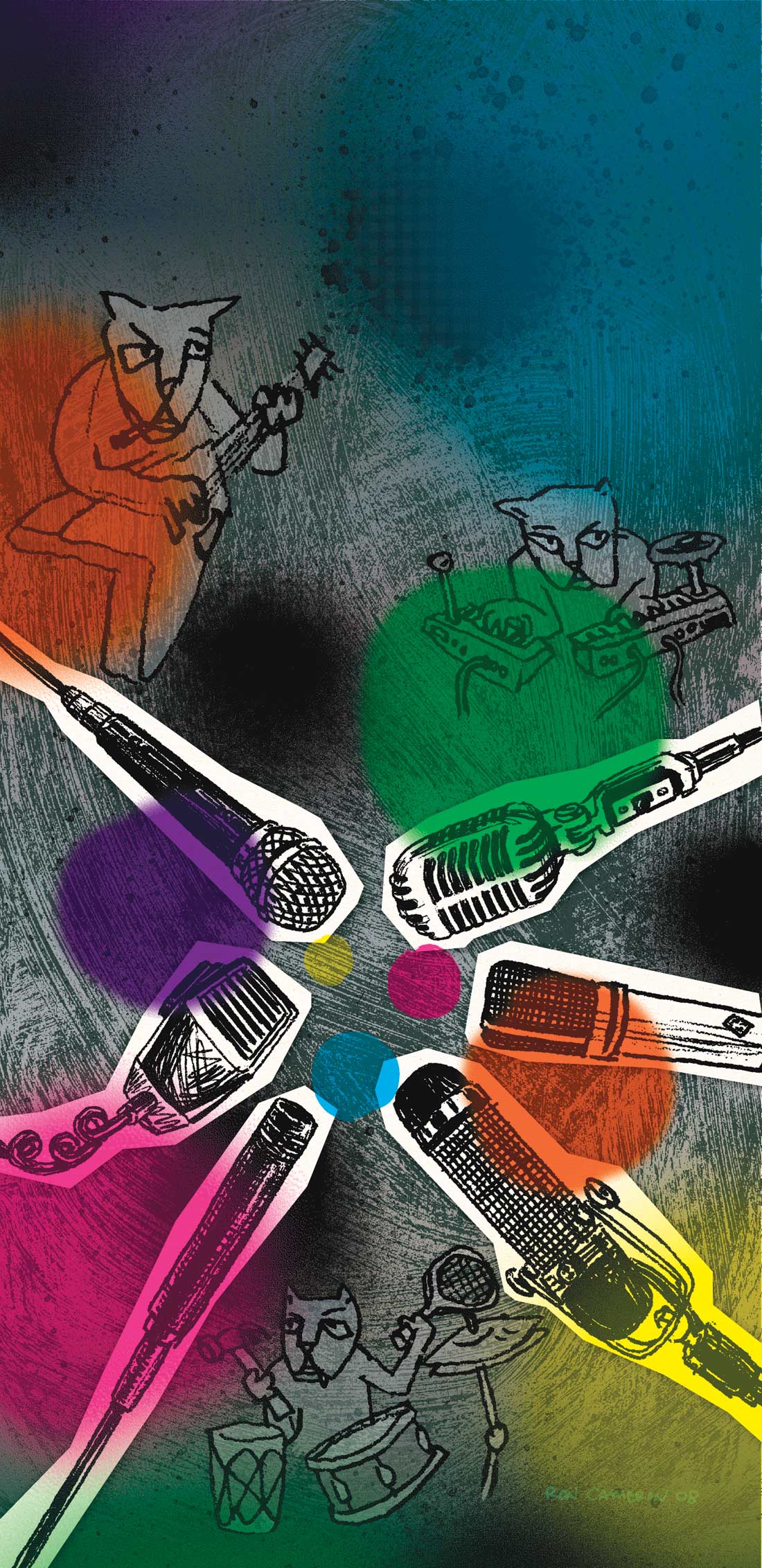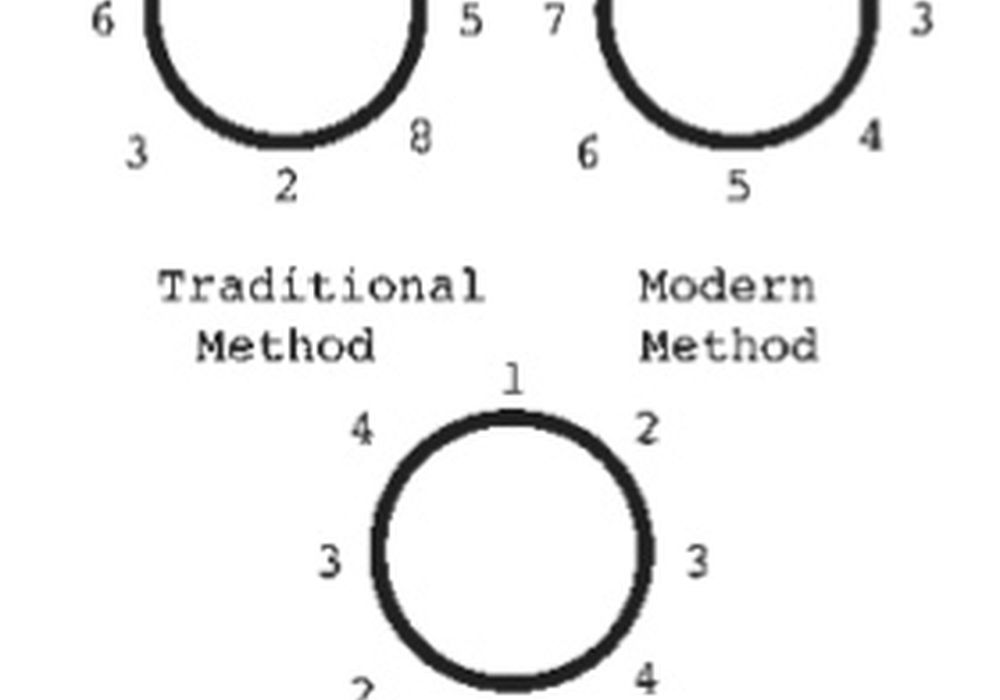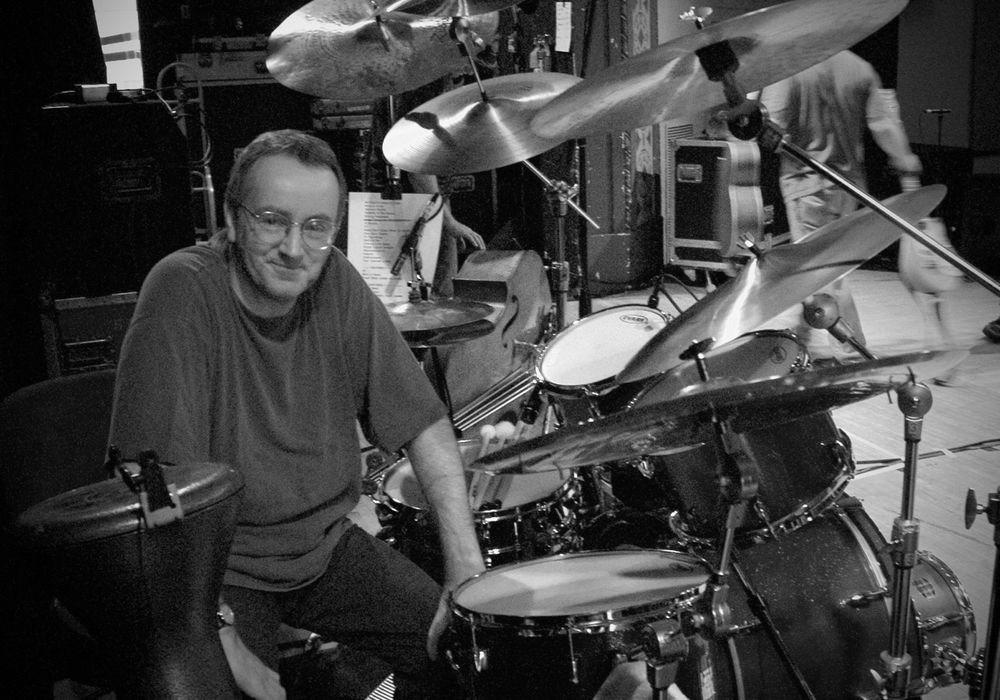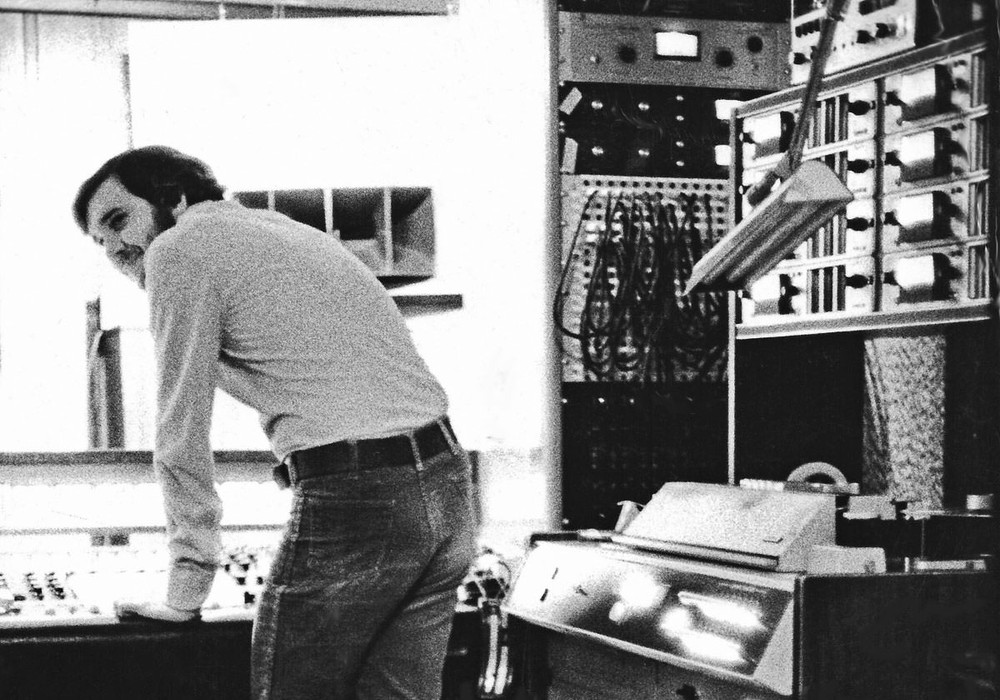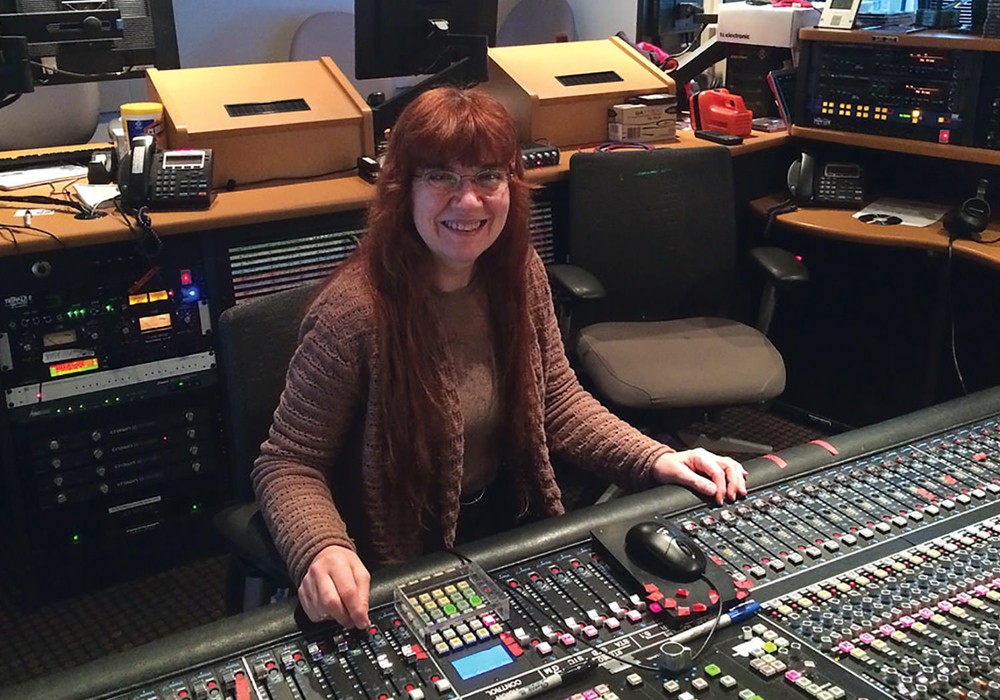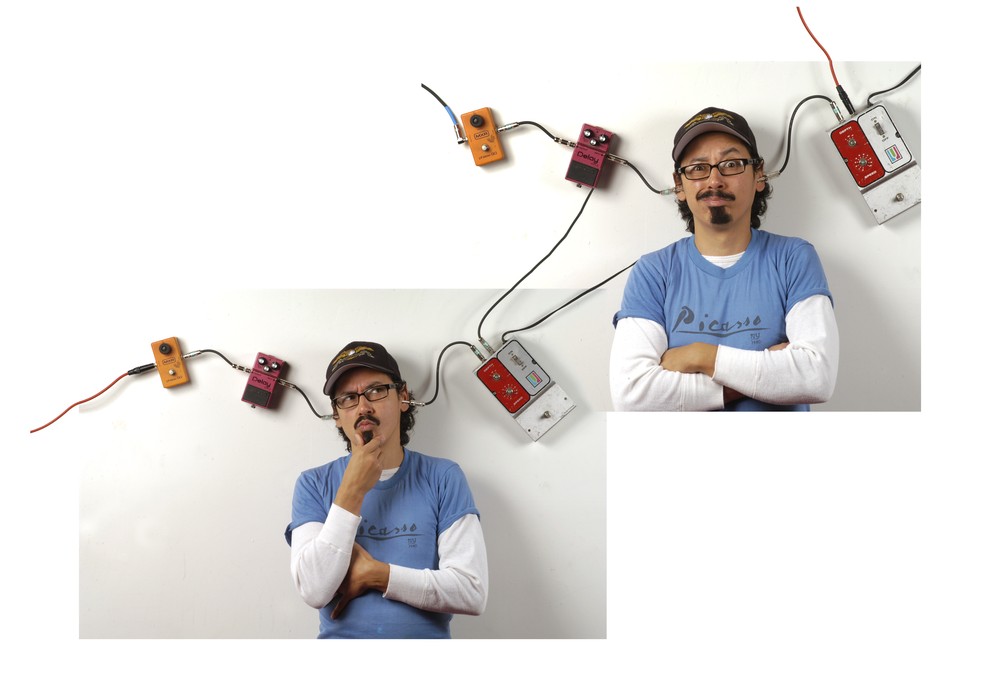Re-amping guitar tracks is a pretty common technique these days, but did you know you can also re-amplify drums? This process can solve problems and expand your sonic palette during mixing.
I was recently hired to mix an album that was tracked live in a club. The drums weren't very well recorded and the snare track was a particularly bad example. It sounded like the classic scenario of having a [Shure] SM57 too close to the snare's drumhead, with the proximity effect adding a lot of bottom-end and a lack of shell resonance or snare snap. I decided to re-amp the snare to improve the sound.
There are a few ways to do this, but I'll illustrate a method that I've been using for years. First, mult the live snare track and patch it into a gate. You can use software plug-ins; I prefer hardware so I use the Drawmer DS201. The DS201 has a sidechain Key Filter, which enables you to narrow the frequency range of the gate trigger input. Roll off the bottom-end to minimize false triggers from the kick drum, and roll off the high-end to minimize false triggering from the hi-hat. Experiment with the threshold until only the snare hits open the gate. Set the range to maximum attenuation to make the resulting sound very tight, short and crisp. This will sound quite unnatural, like a bad drum machine sample. Don't worry — you're only using this signal to generate "stick hits" on the new snare track.
Patch the output of the gate into a re-amping device. Studios used to build custom units for this purpose, but these days there are a number of good choices for purchase. The Reamp© is the granddaddy of commercially available units, with a patented passive design and simple, effective controls. The Little Labs PCP Instrument Distro features re-amping plus many routing options and a DI, and their Little Labs Red Eye will also re-amp signals. Radial Engineering makes several devices for this task, such as the X-Amp and ProRMP. These units will reduce your recorded +4 line level signal down to guitar-output level as well as changing the impendence. Plug a 1/4" guitar cable into the output of your re-amping device and run the other end of the cable out into your live room or tracking area.
Take a small guitar amp and lay it on it's back, with the speaker facing up towards the ceiling. The Fender Pro Junior works great for this, but because it's a tube amp I place a small object under the upper portion of the amp to elevate it slightly. This will enable the tubes to ventilate and prevent the amp from overheating. Then place a snare drum on top of the amp, over the speaker and with the bottom, snare side facing up.
Plug the guitar cable into the amp and flip the re-amp device's ground switch on and off to find which position minimizes hum. Then play back your gated snare track and experiment with the amp's volume level until the hits coming through the guitar amp make the snares snap. It can sound pretty freaky when done properly, almost like there's a ghost playing the drum. Place a mic about 6 to10 inches from the snare. I like to use a small diaphragm condenser like a Neumann KM84, but a good dynamic mic like a Beyer M201 or Sennheiser MD 441 will work as well. Experiment with positioning until you also pick up some of the shell sound from the side of the drum. You can even try moving the mic around slightly while the track is recording to add some variation to the track's volume and tone. This will help simulate the natural dynamics of a live performance. Moving the mic back a few feet will give you a roomier sound that might work better for certain songs.
Play back the entire song and print this signal on a new track. You may encounter some false triggering from the kick drum or tom fills. Go back and punch in those sections after adjusting the gate's threshold. If you want to get really creative, try using different snare drums on the verses and choruses. If recording digitally, you might want to nudge the re-amped snare track forward in time slightly to line it up with the live snare track. Time alignment isn't really critical in this application because a natural snare snap is a little behind the initial stick attack anyway. It depends mostly on the tempo of the song and finding the best sounding spot.
Mix to taste, bringing in the re-amped snare a bit underneath the original snare. A slight adjustment will add the snap and crack that was missing. If you make it too loud, it'll sound forced and unnatural. As an added bonus, you can use this re-amped track as your reverb send — because of the tight gating, there will be no bleed from the other drums.
Another cool trick you can try is re-amping a bass drum. This can be effective if you have a slow tempo acoustic song with lots of open space and you want add some low end bloom to the kick. Use the same gating technique as the snare, but adjust the key filter to open only on the low-frequency attack from the live kick drum track.
Instead of using a guitar amp, use a bass amp, but leave it in the normal, upright position. Place a bass drum right in front of the bass amp and play back the track so the recorded kick drum is "exciting" the new bass drum. Our studio has an old 22" parlor drum with calfskin heads that works great — you can also use a large floor tom on its side tuned relatively loose. A large marching band bass drum would also be a good choice. Remove any internal padding in order to let the drum ring out freely. If it's too loose and boomy, lay a small towel over the top where it lightly touches the front head. You can also fill the inside with loosely crumbled newspaper to slightly damp the decay.
Try to tune the drum to resonate in the key of the song. Tweak the amp's volume to find the sweet spot that resonates the drum enough to ring out into the open space after each hit, but also decays in such a way that it doesn't hang out too long. This depends on the song, tempo and instrumentation. The level is critical when mixing. If it's too loud it will smother the bass guitar. A high-pass filter set around 40 to 50 Hz will minimize the subsonic rumble that could eat up your headroom.
There are all kinds of unique sonic possibilities you can achieve when re-amplifying drums. Send an entire drum kit's signal through a PA system and use a stereo mic pair to capture the room ambience. Run a playback of snare, conga or percussion track into a tiled bathroom or hallway. Natural acoustic sounds can often yield a more convincing sense of depth and realism than digital effects and replacement samples. Send those drum tracks back out into the room and move some air.
www.retromedia.net
